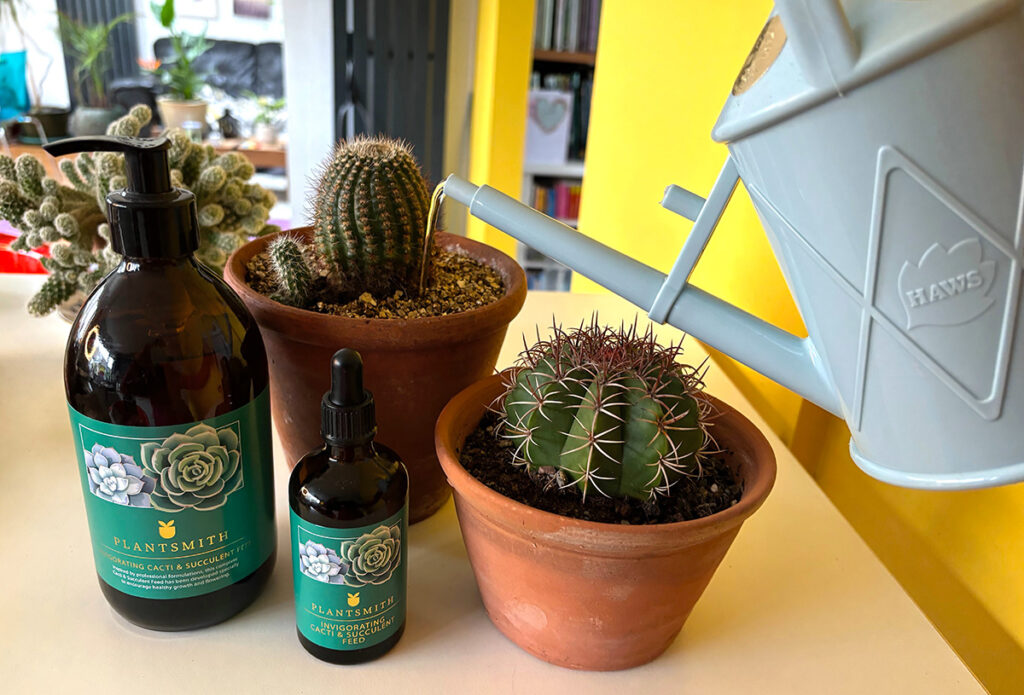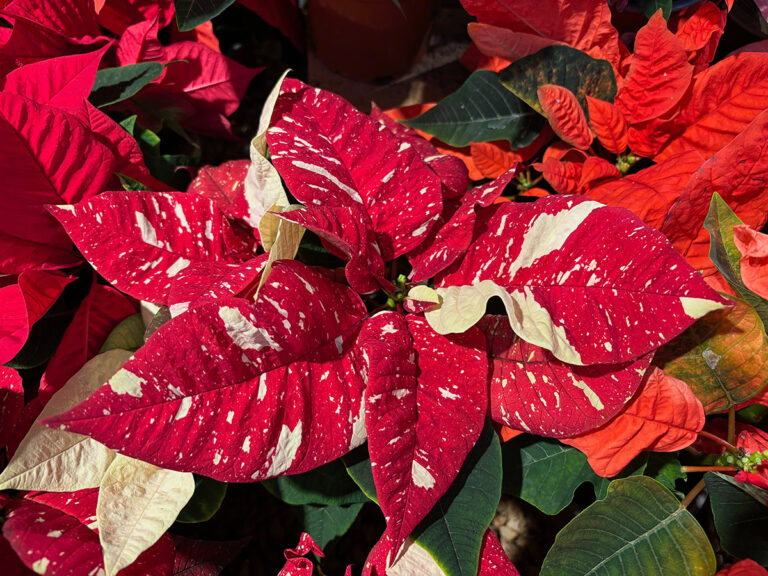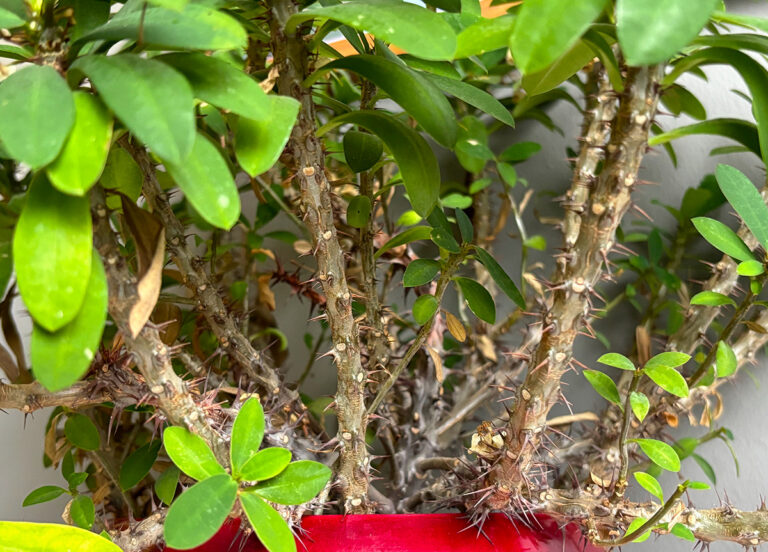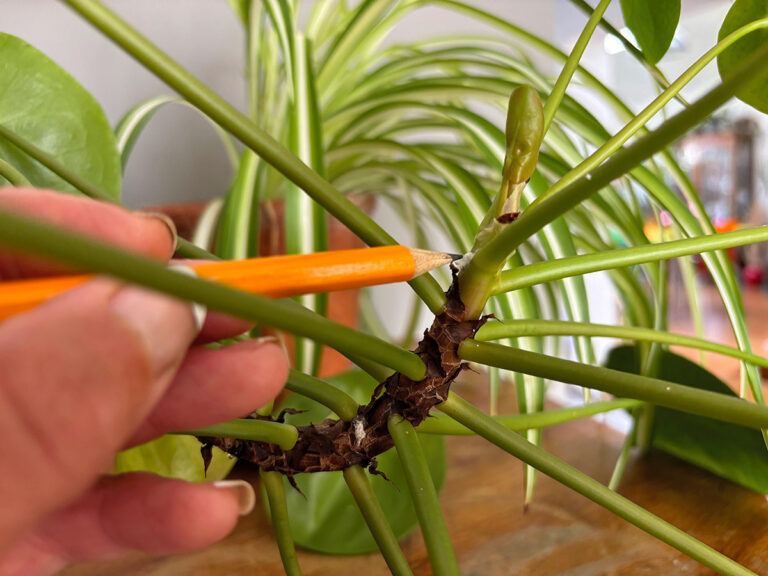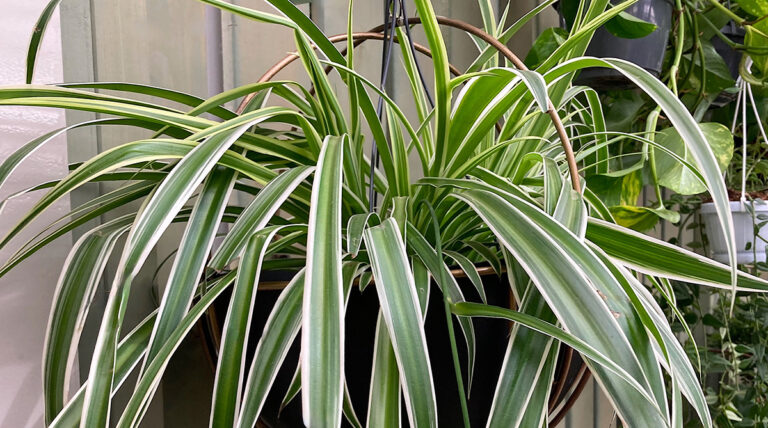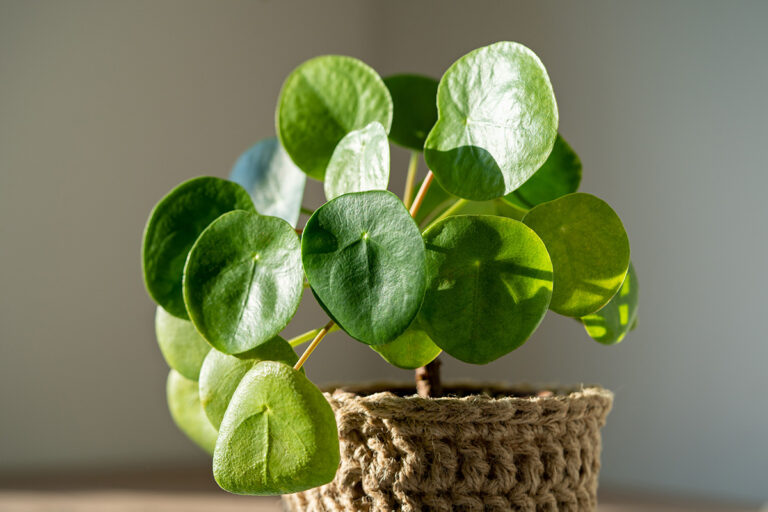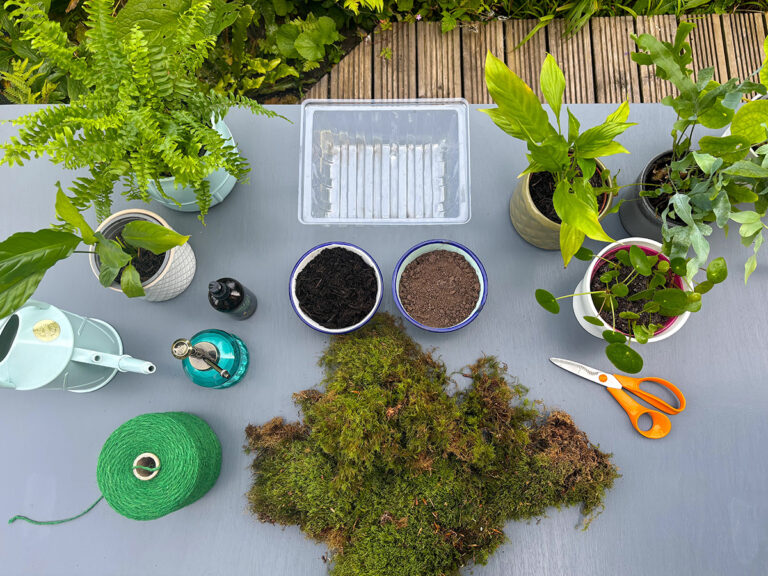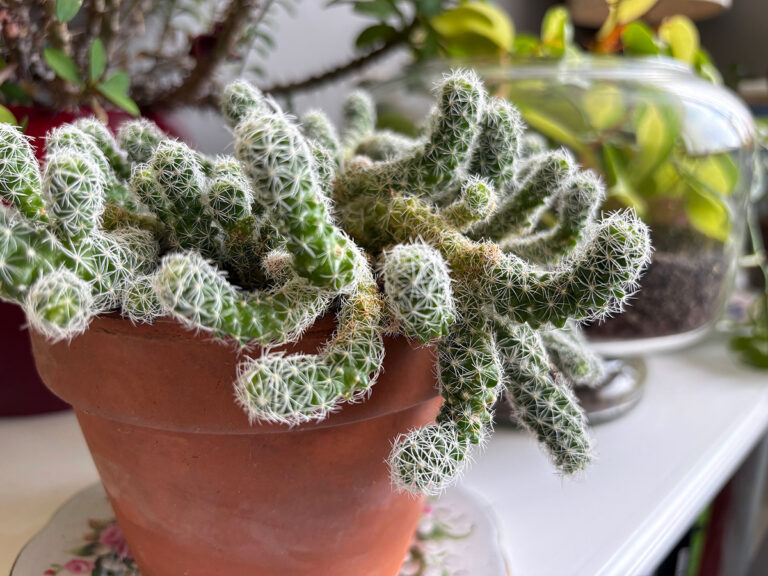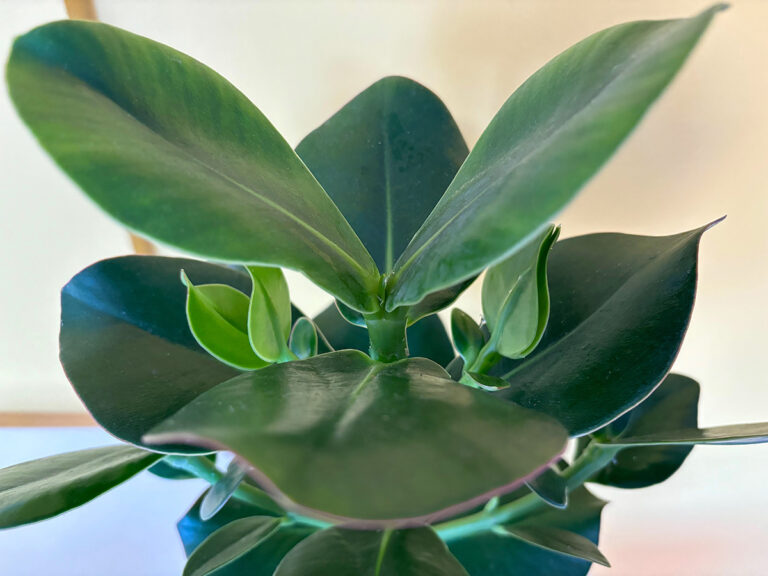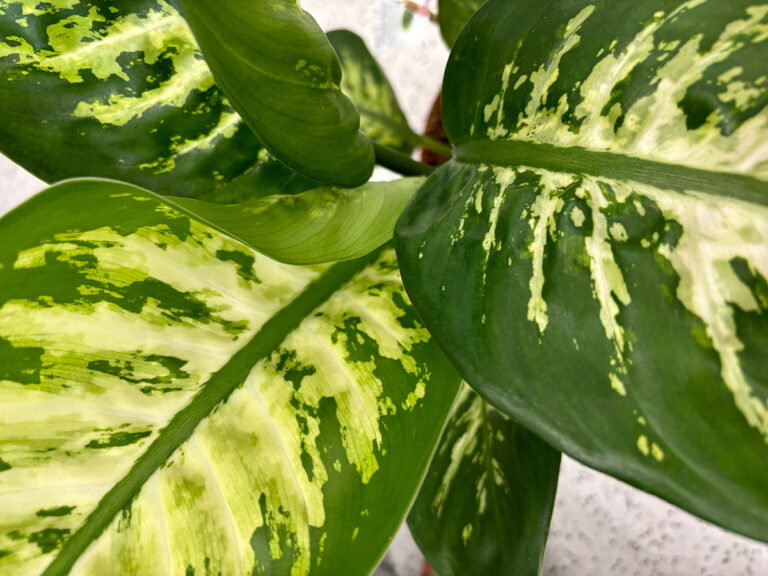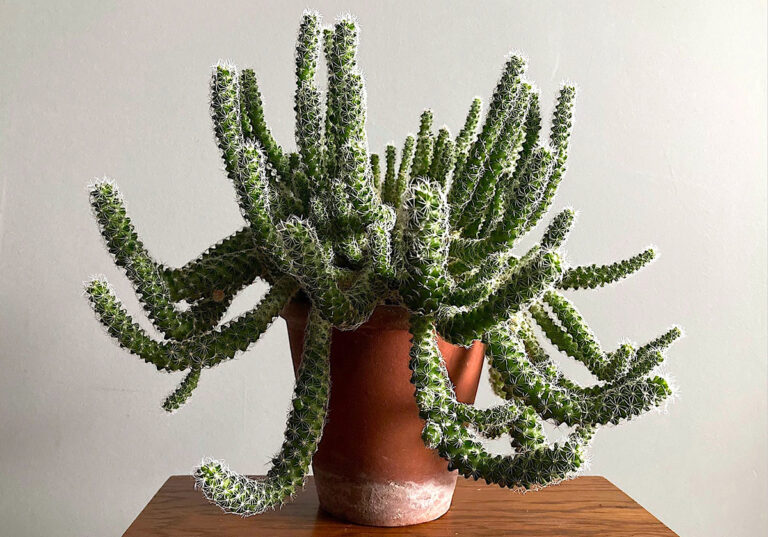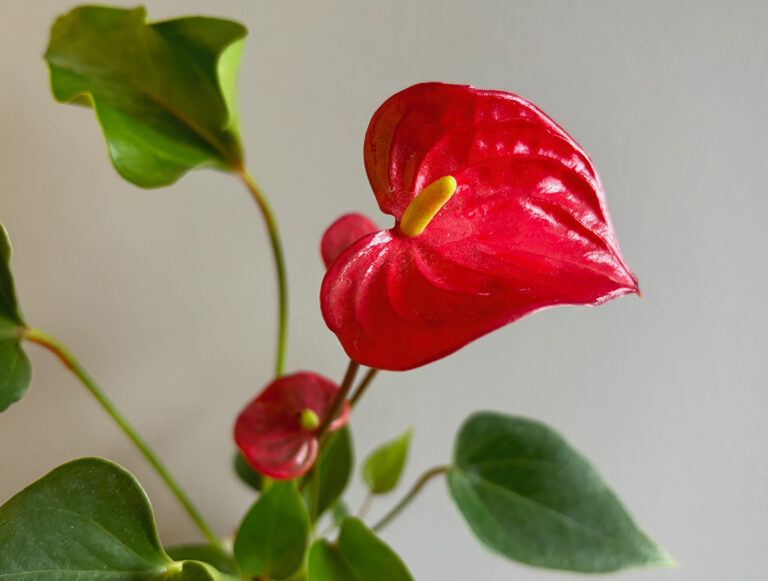Cacti are very popular houseplants. These slow-growing, low maintenance houseplants are easy to look after but as with all plants they will need a bit of attention from time to time. Every three to four years it is a good idea to repot cacti in fresh soil to give their roots a chance to spread, prevent them becoming pot bound and eliminate any pests, diseases, minerals or salts that may have built up in the soil or around pots.
Originating from the arid deserts of North and South America, from Canada to Chile, cacti also thrive in South Africa, Australia, and the Mediterrean although are not native to these countries. Cacti have adapted to survive with minimal water, although there are always exceptions to these rules as with Prickly Pear that has evolved to live in a variety of environments from desert to tropical. As plant parents we need to try to replicate these optimal conditions as best we can to help our houseplants thrive.
In the wild cacti spread their roots to absorb every drop of water available and then cleverly store it in their tissues so they can live for months or in some cases even years without another watering; another reason why these plants have become so popular with busy houseplant parents, they are very forgiving if we forget to water them; in fact we are all more likely to kill them by overwatering. Be warned!
So how do you repot your cactus?
Safety first, pop on some thick gardening gloves to protect your hands from puncture wounds; those spines are sharp. Avoid getting a handful of painful spines by wearing leather gloves or pop on a couple of pairs of thin gloves to double up.
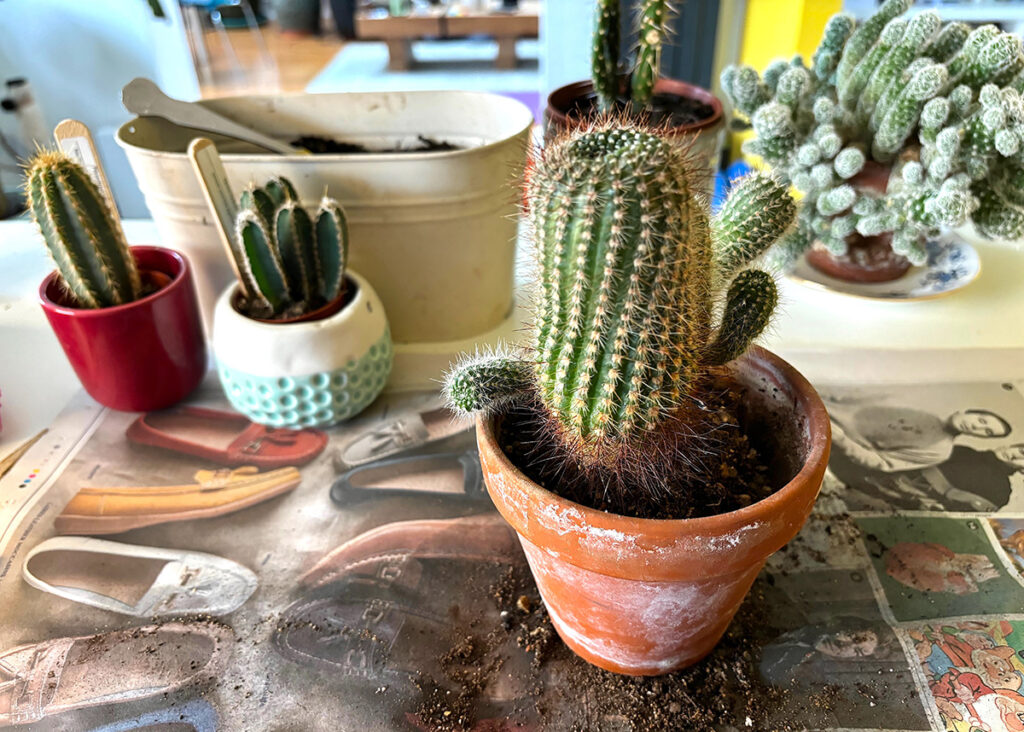
Grab a pair of kitchen tongs or wrap the cactus body with a folded up newspaper or a tea towel to lever the cactus from its pot to avoid contact with the spines or if you have a particularly small cactus then use a pair of tweezers.
Repotting can be messy so cover your table with newspaper. Depending on the size of the cactus lean the pot over and ease the cactus gently out of the pot. You may have to squeeze the sides of the pot to release the soil and roots. Have a good check around the root ball and look for signs of pests or diseases.
White woolly ‘blobs’ could be mealybugs and need removing as these sap-suckers destroy plants, literally sucking the life out of them. A blunt pencil is pretty effective in wiping bugs away in between spines.
Next tease out roots with your fingers or use a kitchen fork which is surprisingly useful in releasing old compost with minimal damage to roots.
Find a pot larger than the original but only one size up; don’t get carried away by selecting a giant pot, it won’t make your cactus grow quicker. Terracotta pots are perfect for cactus as this porous material is breathable and allows water to easily evaporate rather than plastic which locks water in allowing moisture to sit in the pot keeping soil and roots soggy, possibly leading to root rot.
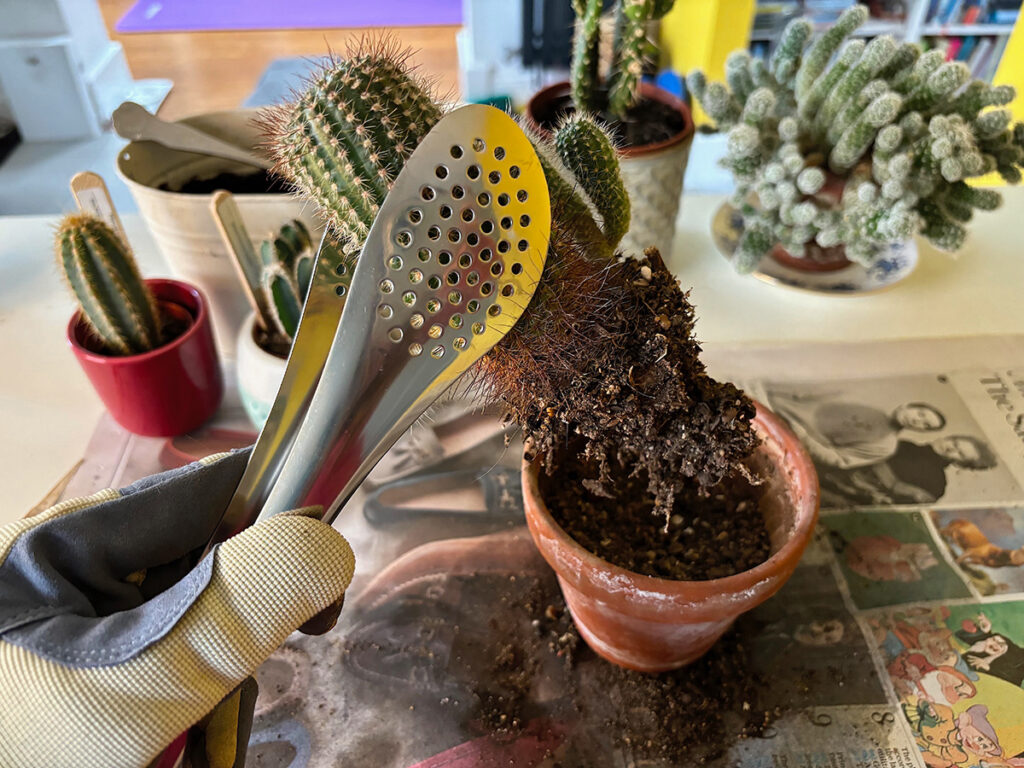
Cacti soil mix
Cacti thrive in gritty well-drained soil. You can buy a dedicated cacti mix or make up your own by mixing homemade compost with horticultural grit and sand. Half fill your pot with the free-draining peat-free compost mix; then use a tea towel or tongs to lift the cactus into a new pot. Once in place top up the soil and firm in. A dessert spoon comes in useful to get soil around the plant and pot rim.
Top dress
Apply a thin layer of gravel or small pebbles to cover the soil surface. Top dressing is optional but a useful, simple way to keep the soil in place, retain moisture and add another barrier between the cactus and water so they are less likely to rot at their base as well as being a nice finishing touch; aesthetically it looks good.
Feed
Repotting can be traumatic for plants, however carefully it is done. Root disturbance is not normally appreciated so give your cactus a boost by feeding it with Plantsmith’s Invigorating Cacti & Succulent Feed. This dedicated cactus and succulent feed has been developed to provide the perfect balance of nutrients needed for these plants to thrive.
It is 100% vegan and cruelty-free and comes in 100ml and 500ml recyclable glass bottles. This formula promotes healthy, strong stems and flowers, as well as protecting against disease. Dilute 5ml (2 full pipettes) into a litre of tepid rainwater and feed once a month between March and September.
